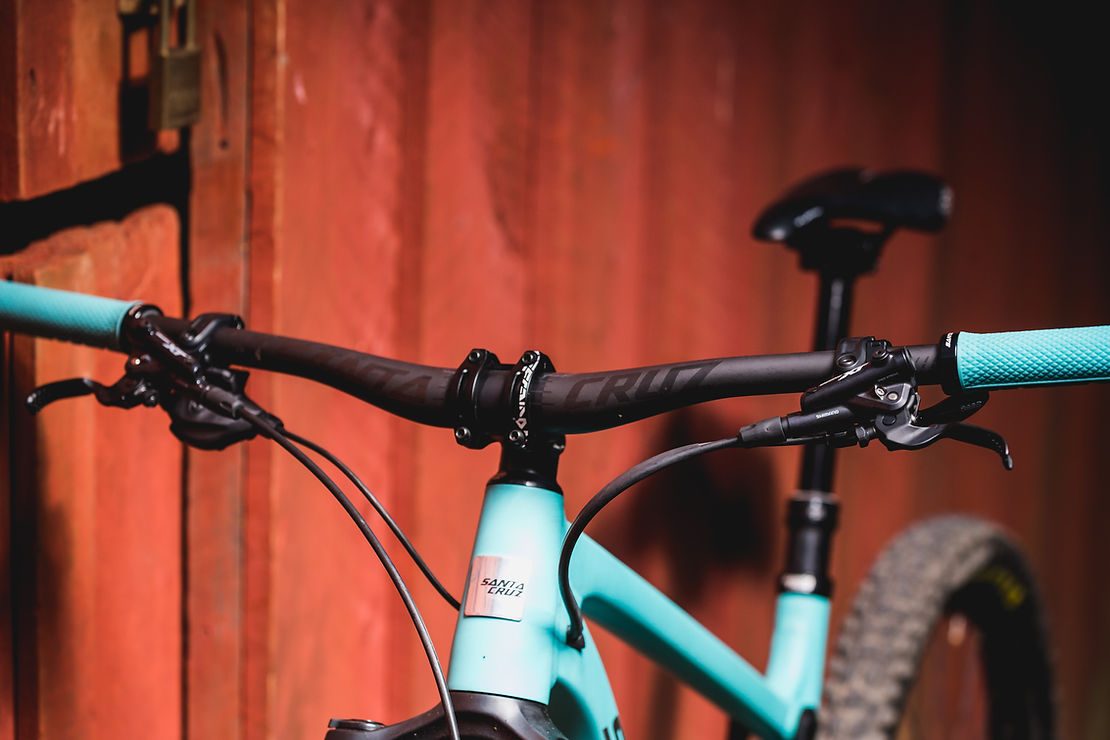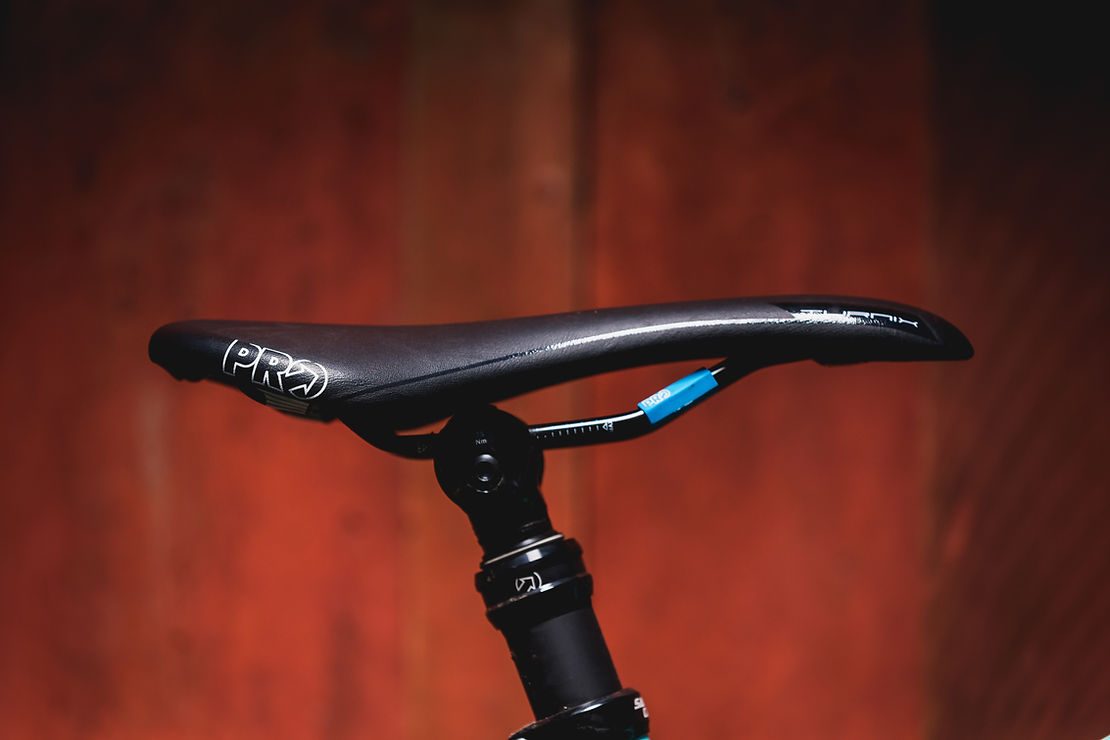Preface: I wrote this last summer, but given that most of us have more time now than ever, I thought it’d be a good time to share it again with you all
I ride more in the summer than I do any other time of the year and because I usually have a bit of time off, I like to spend my riding time trying out different things on my bike to get it set up for the year ahead while I’ve got the time to stack up consecutive ride days. With that said, there’s no better time than now to talk you over some of the components on your bike that you can experiment with, and how they’ll change your riding experience.

STEM
Your stem is a fairly vital component to your bike. It’s responsible not only for transferring your bike handling inputs from the handlebars to your front wheel, but also for transferring feedback from your wheel to your handlebars. Stems come in varying lengths, each having a different effect on your ride. If you feel like your steering is a little twitchy and that your front wheel picks up a little easy when you’re climbing, try a longer stem – this will slow down your steering and shift your weight forwards a little. If you feel like your steering is a little slow and sluggish, try a shorter stem. For reference, I typically settle on a 40-50mm stem dependant on the bike. You can also raise or lower your stem if you’ve got extra space on your steerer tube, but we’ll save that for another article…
HANDLEBARS
Handlebars are a somewhat controversial topic. Carbon or aluminium? Wide or narrow? Changing handlebar width is something that immediately impacts your ride. The wider you go, the more stable you are, but the slower your steering. The narrower you go, the less stable you are but the faster your steering. Something to bear in mind though, is the wider you go the harder it is to squeeze between trees. For reference, I’m 6’1 and fairly broad across the shoulders and ride 780mm bars. If you’ve never tried narrower bars, you can try sliding your grips and levers in 5-10mm per side – just make sure to plug your bar ends with bar caps or plugs to avoid kebabbing yourself should you come off! This is an easy way to try before you commit to cutting them down! I haven’t touched on handlebar rise or tilt, but stay tuned.
GRIPS
Like seats, I’ve found grips typically take a few rides to break in. Grips are easy to change so, while you’ve got time off, why not try something new? I’ve been riding lock-on grips for the last few years so this summer I think I’ll try slip-ons again. I’ll probably make a mess of it and end up gluing myself to something, but the comfort that comes with the extra-thick slip-on grips is pretty appealing. I’ll update you sometime in the future with how I fared…

SADDLE
Saddles are one of those things that can make or break a ride for you. I can usually tolerate average shifting or brakes that are subpar, but give me a seat that I don’t gel with and you won’t hear the end of it. The tricky thing with seats, is that they usually need to break in before you can really tell what they’re like. I’ve had seats that I loved on Day One and hated after a few weeks, and seats that I hated on Day One but have come to love once they were broken in. While you’ve got plenty of time to ride, try a new seat if you’re not stoking on your current seat. Comfy seat = quality ride.
PEDALS
Clips or flats? Everyone has their own preference. Mine is flats, at the moment. The main reason? The shoes are comfier, I’ve been crashing lots and I’m liking the bigger platform. You’ve got some time to kill so why not swap systems for a few weeks? The whole foot-out-flat-out thing is pretty fun in the summer’s dust and if you normally ride flats, no matter how good your technique is, it’s way easier to dance your rear wheel around accurately with clips.
If you haven’t already noticed, all of the above are contact points. Contact points are our source of feedback. We use that feedback to make decisions on the trail; when to brake, how hard to break, how much faster you can ride that section of trail. We also use that feedback to make decisions on what components to upgrade and what settings we need to change. Unlike the pros, we don’t have suspension telemetry and GPS data to tell us what’s working for us and what isn’t so, I think before anything else, we need to have our contact points dialled. Even if you aren’t interested in going as fast as possible, dialled contact points means a comfier ride – and who doesn’t want that?!
Words: Cam Baker
Images: Cameron Mackenzie

